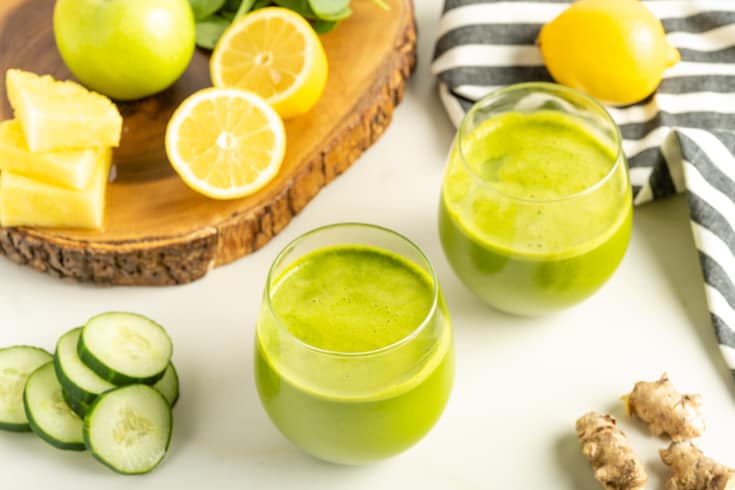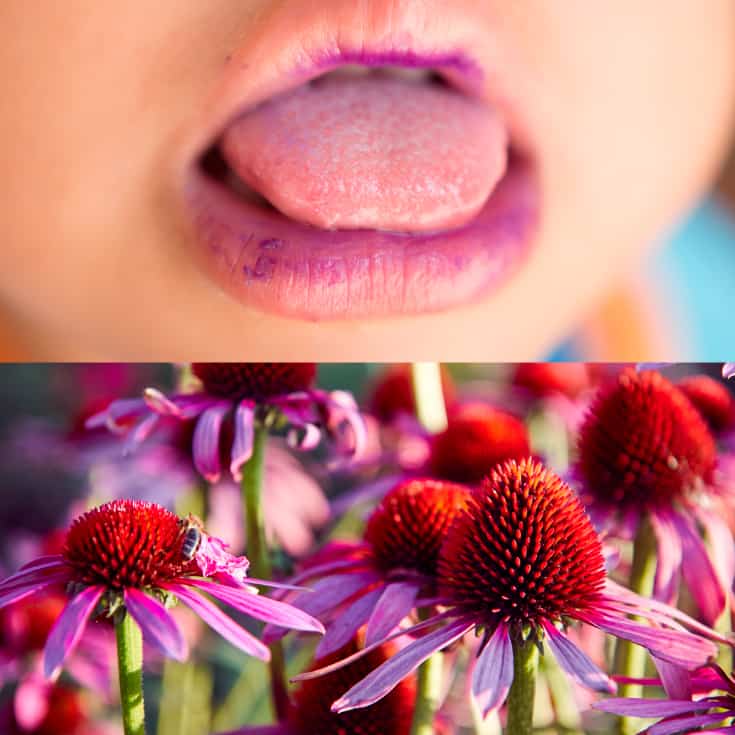This Dr. Axe content is medically reviewed or fact checked to ensure factually accurate information.
With strict editorial sourcing guidelines, we only link to academic research institutions, reputable media sites and, when research is available, medically peer-reviewed studies. Note that the numbers in parentheses (1, 2, etc.) are clickable links to these studies.
The information in our articles is NOT intended to replace a one-on-one relationship with a qualified health care professional and is not intended as medical advice.
This article is based on scientific evidence, written by experts and fact checked by our trained editorial staff. Note that the numbers in parentheses (1, 2, etc.) are clickable links to medically peer-reviewed studies.
Our team includes licensed nutritionists and dietitians, certified health education specialists, as well as certified strength and conditioning specialists, personal trainers and corrective exercise specialists. Our team aims to be not only thorough with its research, but also objective and unbiased.
The information in our articles is NOT intended to replace a one-on-one relationship with a qualified health care professional and is not intended as medical advice.
Pandemic Problem Drinking Still A Thing — How to Cut Back
March 11, 2022

Though there’s always the risk of another nasty variant coming along, for many of us, we consider the pandemic behind us. Many have returned to normal life, including returning to the office, dining outdoors, seeing friends and relatives in person (!), and even traveling by airplane.
But what’s not behind us? Some of those self-destructive pandemic habits, including poor eating habits, exercising less and, for some, even problem drinking.
Did you know that online sales of alcohol increased 262 percent in 2020 from 2019? And that there was a 41 percent increase in heavy drinking days among women since onset of the pandemic? Let’s take a look at the factors at work here and how to cut back on alcohol consumption.
What Is Problem Drinking?
Problem drinking doesn’t equate to alcoholism, which is characterized by uncontrolled drinking and preoccupation with alcohol. Problem drinking is used to describe people who drink heavily or experience occasional problems from drinking — but who do not have a history of severe physical dependence on alcohol.
Study Findings
In a Journal of the American Medical Association study, 1,540 adults participated in 2020, and 57 percent were women. Frequency of alcohol consumption increased by an average of 14 percent compared to 2019.
For women, it was an increase of 14 percent. And one in five adults ages 30 to 59 increased drinking frequency.
On average, 75 percent of all participants increased their drinking by at least one day per month. Among women, there was a stunning 41 percent increase in heavy drinking days.
Study authors noted these changes in alcohol use and the unfortunate health consequences during the pandemic, including leading to or worsening mental health issues, such as anxiety or depression. As a result, they recommended that adults become aware of increased alcohol consumption during the pandemic and identify factors that make people susceptible to such habitual problem drinking.
Backing up these findings is a study published in the International Journal of Environmental Research and Public Health that included 832 people, 84 percent of which were female. During the pandemic, over one-third reported binge drinking, and 60 percent reported increased drinking.
Top reasons for increased alcohol consumption? More stress (46 percent), easier availability of alcohol (34 percent) and boredom (30 percent). Those who indicated that the pandemic caused them more stress were more likely to drink more frequently as well as more in volume, a significant concern from a public health perspective.
Problem Drinking Signs
How many drinks is a drinking problem? The National Institute on Alcohol Abuse and Alcoholism defines the guidelines for “low-risk drinking” as follows:
- Men: Four or fewer standard drinks on any single day and fewer than 14 drinks during a given week
- Women: Three or fewer standard drinks a day and no more than seven drinks per week for women
Frankly, that’s still a lot of alcohol. The CDC recommends that in order to reduce the risk of alcohol-related harms, adults of legal drinking age can either choose not to drink or to drink in moderation. Drinking in moderation is limiting yourself to two drinks or less in a day and one drink or less for women.
How do you know if your problem drinking may have progressed to alcohol use disorder (AUD)? Consider whether or not you exhibit these symptoms:
- You occasionally drink more or longer than you intended.
- You tried to cut down or stop drinking but failed.
- You often get sick from drinking and/or it takes a while to get over aftereffects.
- You desperately want a drink, to the point you can’t think of anything else.
- You’ve discovered that drinking interferes with your ability to take care of your home and/or family. Or it’s caused job or school problems.
- You either gave up or cut back activities that you enjoyed previously in order to drink.
- While or after drinking, you got into a dangerous situation that you normally would have avoided, such as driving, swimming, using machinery, engaging in unsafe sexual behavior, engaging in a physical confrontation, etc.
How to Cut Back on Drinking
Alcohol can also affect the brain in damaging ways. The truth is the damage goes far beyond a headache and brain fog you experience the morning after drinking too much. The effects of alcohol on the brain are profound, and heavy drinking can set you up for some of the most dreaded brain diseases, including dementia.
In order to avoid such issues, consider cutting back on your drinking by employing these strategies:
1. Plan it
Don’t go over your limit, whether that’s one or two. Personally, I rarely go over one beer, even if a pal calls me a wimp for stopping there.
2. Budget it
For some, money talks more than words. Cocktails are $15? Just have one!
3. Include food
Don’t drink on an empty stomach. Even better, don’t drink until you’ve eaten some food.
4. Give your family and buddies a head’s up
Tell them you’re cutting down, so they can support you rather than buying another round.
5. Avoid trigger places and people
Are there locations (such as a favorite bar) or people where you often overconsume alcohol? Avoid those places and stay alcohol-free with those people, or avoid them altogether.
6. Downsize your drinks
Use smaller wine glasses rather than those monster-sized glasses; have a small bottle of beer rather than a pint.
7. Check out the alcohol percentage
Some beer, such as IPAs, can be very high in alcohol percentage. Go for lower amounts in beer, and also try to avoid hard alcohol.
8. Drink-free days
If you’re drinking every day, then you possibly have a drinking problem. Have a few days per week without any alcohol.
Conclusion
Remember, there are profound benefits to cutting back on your alcohol consumption. They include:
- Immediate benefits can be more energy, improved skin, easier weight management, less fatigue during the day and better mornings!
- Long-term benefits include improved mood, better sleep, improved behavior, healthier heart and liver, and improved immune system (as drinking can impede your body’s ability to fight infections).
Concerned that your problem drinking may have morphed into alcohol use disorder? Contact the Substance Abuse and Mental Health Services Administration National Helpline at 1-800-662-4357 for information on support and treatment facilities in your area.








